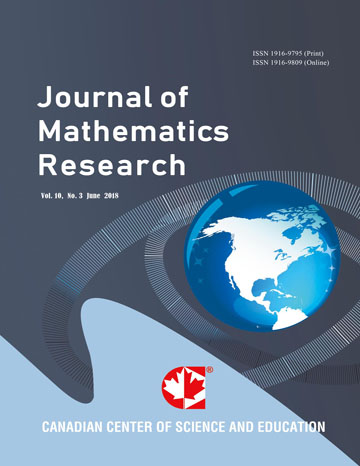First Observation of an X-Ray Beam Following a New Geodesic When Gravitational Waves Deform Space-Time
- Edward Jiménez
- Nicolás Recalde
- Wilson P. Álvarez-Samaniego
- Borys Álvarez-Samaniego
- Douglas Moya-Álvarez
- Esteban Jiménez
Abstract
By using X-rays of a linear accelerator (LINAC Siemens X rays, 6 MeV) for medical use, we were able to measure gravitational waves, GW, (amplitude = 56:385mm, frequency =1 = 3Hz, velocity = c and polarization) and its threedimensional effect on X-ray trajectories. The collimated X-ray beam, which is in the plane (X; Y); travels on the Z axis at the speed of light in air and passing through the machine isocenter, until it reaches the target and, ultimate, is recorded in a radiographic film. Apparently, there is an exceptional coincidence in the operation of LINAC and the presence of GW. This coincidence occurred in VIRGINIA, GPS (38.634 351 1, -77.282 523 9), UTC (12/06/2011: 12: 56: 01). This important event, but not sui generis, was recorded in the LINAC computer system, on a film for radiography, in the log file of the cancer treatment center and it was reported to SIEMENS in order to try to find an explanation of a possible hardware failure, some abnormality or any software issue. The physicist and Siemens service engineer on site concluded that such event should never happened because LINAC was not malfunctioning. Consequently, for the X-rays, there was a deviation of the isocenter of the LINAC (△X = (11:5 ± 0:5)mm, △Y = (48 ± 0:5)mm), by the action of the amplitude of GW. The tolerance of a LINAC is lower than these measurements, and the equipment will stop working if they are greater than ±1:0mm for isocenter (zero position) and ±2:0mm for other collimator leaf positions. Therefore, this constitutes a register of space-time alteration with a consequent variation of the path of the X-ray beam. Finally, the registered gravitational waves leave invariant the angle between the axes (X; Y), of the X-ray beam, indicating a constant polarization.
 PDF
PDF
